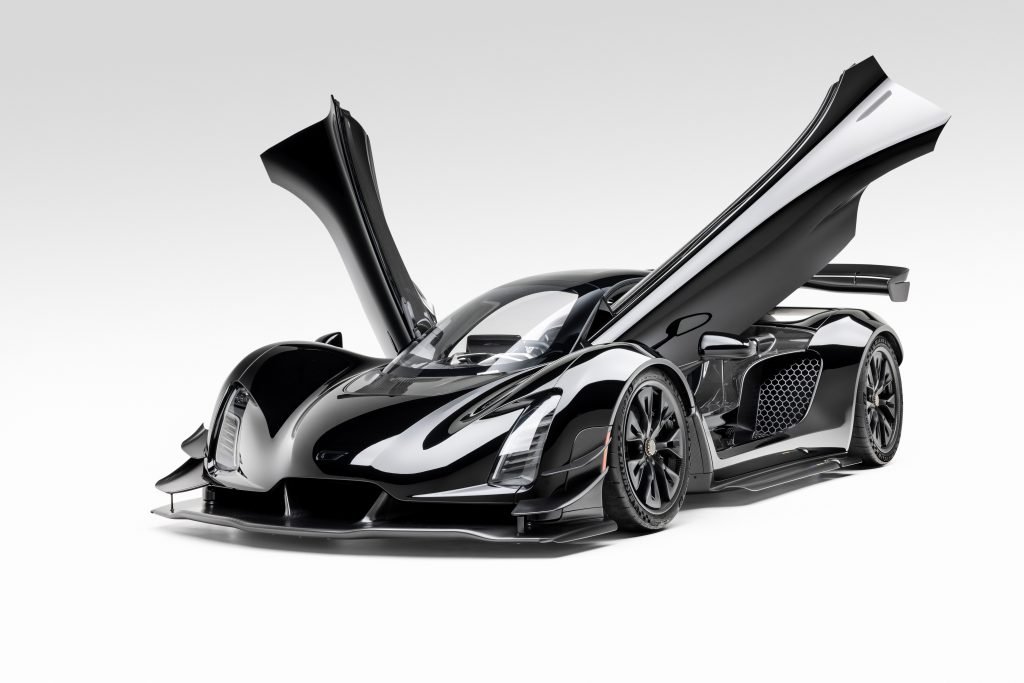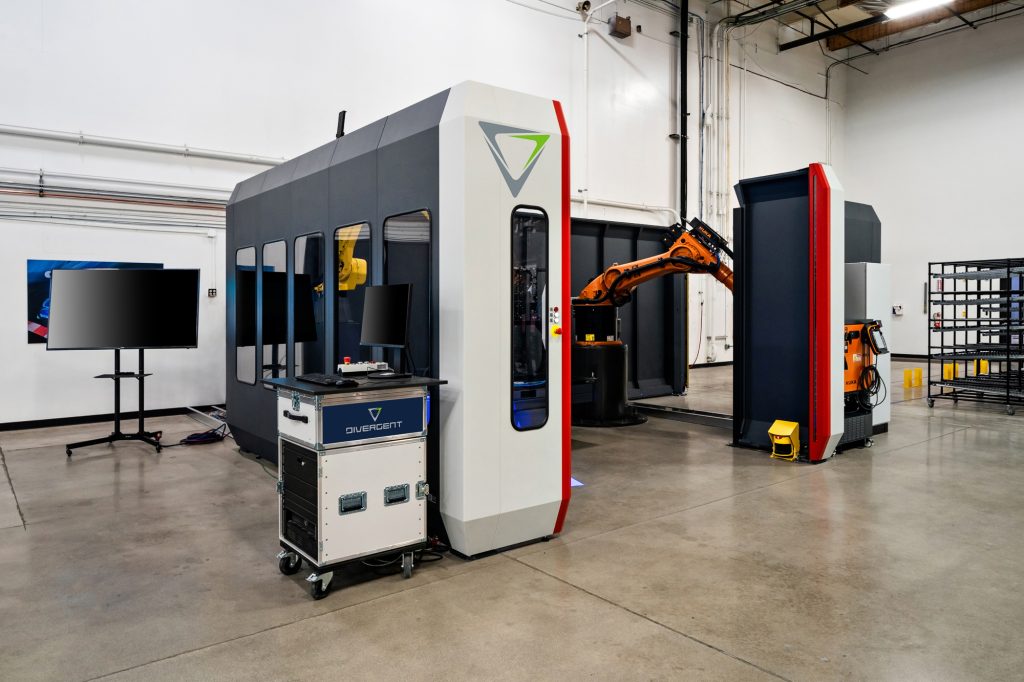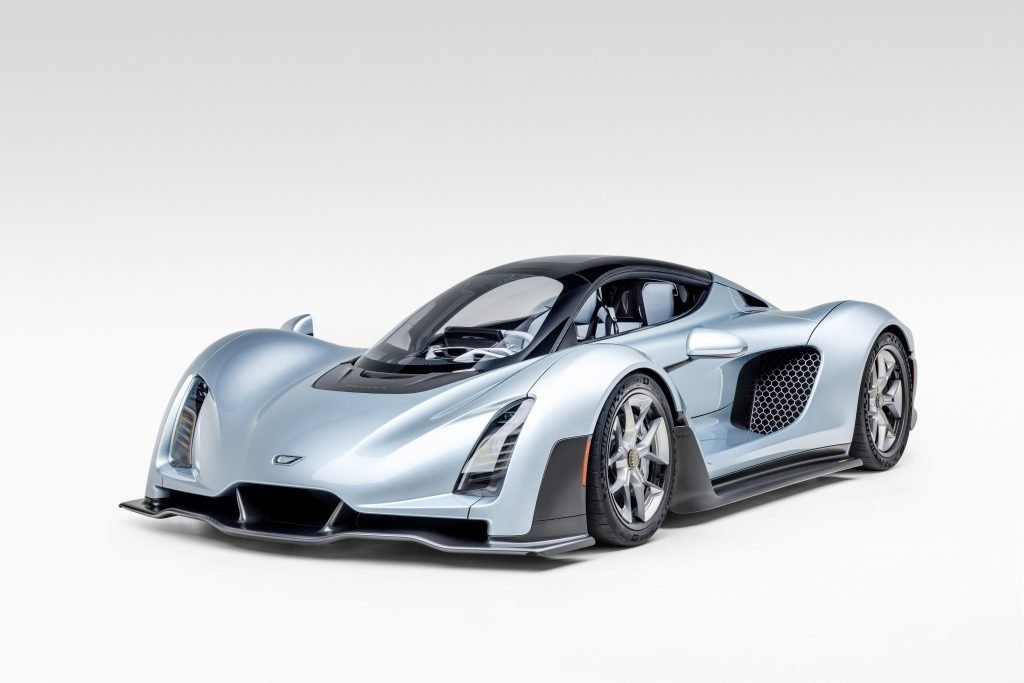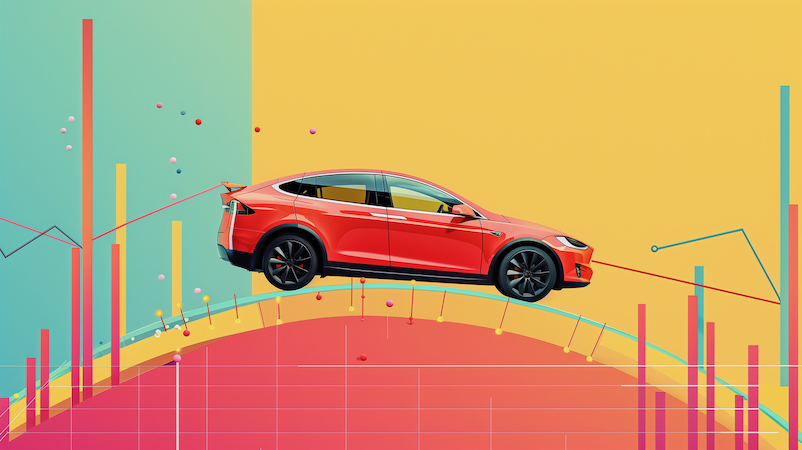In the rapidly evolving world of hypercars, Czinger Vehicles, a relatively new entrant in the auto industry, is not just making waves but creating a tidal shift with its groundbreaking approach to car manufacturing and design. Founded in 2019 by Kevin Czinger and based in the aerospace hub of Torrance, CA, the company has swiftly positioned itself at the forefront of automotive innovation. At the heart of Czinger Vehicles’ meteoric rise is its flagship, the Czinger 21C, a hypercar that seamlessly blends art with engineering, redefining the boundaries of speed, design, and technology.

Czinger Vehicles made big waves this past year on two fronts. First a super-sexy, record-setting hybrid hypercar, the Czinger 21C. Second, Czinger invented a new manufacturing process combining its 3D printing technology and design software. The upstart automaker has got competitors drooling and may change how the world builds cars. We spoke with Kevin’s son, Lukas Czinger, the COO of Czinger Vehicles to learn more about how they did it.

“We’re new to the auto market, and we knew that to succeed and get real name recognition in the industry and with customers, you need to do something innovative,” he said. “So we decided not to build the car using components from other companies but make our own.”
And the result is more than impressive. Czinger unveiled the car this past August during the annual Monterey Car Week. Lukas indicated the company wanted to showcase both the car and the manufacturing process. But based on the 21C’s performance, I’m betting most attendees were too busy ogling to get much sense of the car’s underlying tech.
And it’s easy to see why. The car is gorgeous, and it’s got performance stats that back up its rocket-ship looks. The 21C is a little longer than the average hypercar due in part to a hybrid design that marries a twin-turbocharged, flat-plane 2.9-liter V-8 engine to a two-motor 800V electrical drive system. The combination delivers around 1,350hp and can push the car to a top speed of just over 270 mph, which puts the 21C in the most elite ranks of the hypercar market. In a cool touch, it’s also reminiscent of a fighter jet when you look inside, as the driver and passenger sit in a single file rather than next to each other.

But once you can stop staring at the car long enough to dig into its design, you’ll probably be more impressed with how it’s built.
After he came up with the new tech, Lukas’ father turned it into a separate company called Divergent Technologies, though both Czinger Vehicles and Divergent are housed in the same complex. Lukas joined the group shortly afterwards.

“When I saw what dad was doing, I thought it was cool. I studied electrical engineering in college, which was a good fit,” he says. “I also love cars, so it was an easy decision to work here.” Using the new manufacturing process developed in Divergent lets the company produce components that Czinger says are lighter than those in competing hypercars, but just as strong.
Czinger calls its new process “additive manufacturing,” and it employs a combination of its own 3D printing technology, custom design software based on proprietary machine learning algorithms, and even custom alloys.
The company chose to put the new tech into production in the 21C’s hypercar format first because Czinger felt those vehicles would get the most benefit from the greater strength of Divergent’s components. That strength and their lighter weight directly translate into the 21C’s performance.

The process isn’t used to build the entire car yet, but it does account for most of it. Currently, Czinger says Divergent produces a long list of smaller parts that Czinger combines to form the chassis and key engine components. “Right now, the largest component we produce that way is the transmission housing, but that’s a big part of the 21C’s performance,” says Czinger.
Initially, however, Czinger said the company didn’t demonstrate Divergent’s capabilities that way. “While we were developing the tech, we had a concept car we called the Blade, but it wasn’t a hypercar. We just needed something to show investors so they could understand what the result would look like,” he said. “But when we were ready, we applied the Blade’s tech to the 21C and took it to Laguna, where we set a new speed record for a production car. That put us on the map.”
As of late 2023, the 21C is ready for production. Czinger says it will only manufacture 80 cars in the first run, and most all of them are already sold. If you’re still hoping to snag one, the company has dealers globally, including Frankfurt, Germany, London, Tokyo, and North America. The manufacturing run is limited not only because of cost but also customization. “Our customers can build their version of the 21C,” says Czinger. There’s a long list of customizable components, from the exterior look to how the interior is configured.
What Kevin Czinger invented isn’t just a new way of making things, it’s also a better way. According to Czinger, it results in superior parts and less overall waste during manufacturing, which makes Divergent a more eco-friendly company, too.
Both Divergent and Czinger Vehicles have big plans for the future. Czinger reportedly has plans for six new models after the 21C to be delivered by 2030. The only one that’s openly revealed thus far is the Hyper GT. Czinger teased this stylish-looking coupe back in 2022 but says it’s now a confirmed future production model that will use the same engine design as the 21C.






